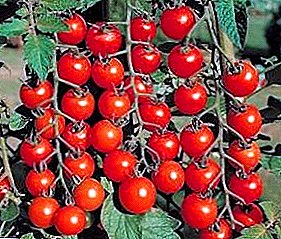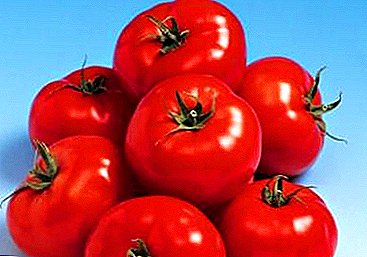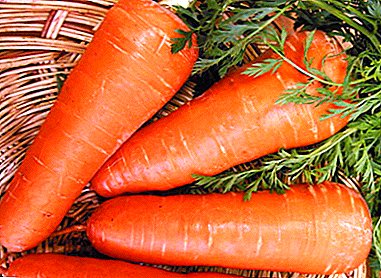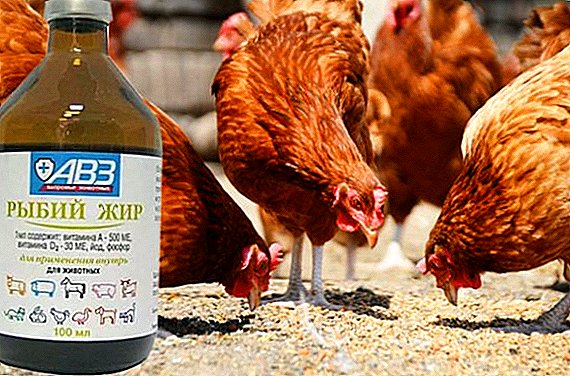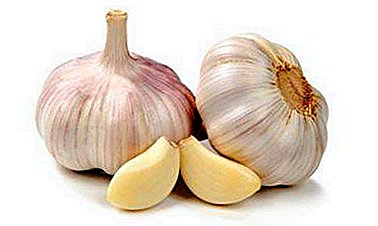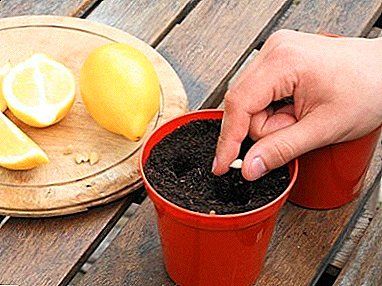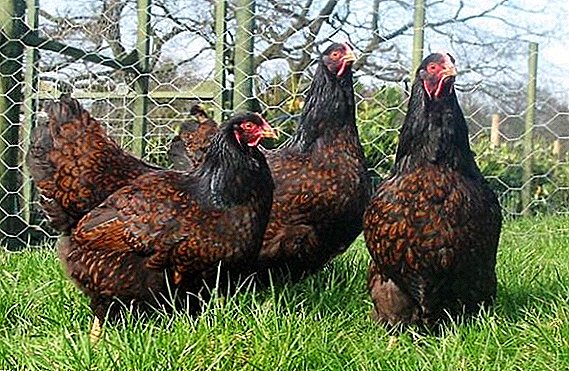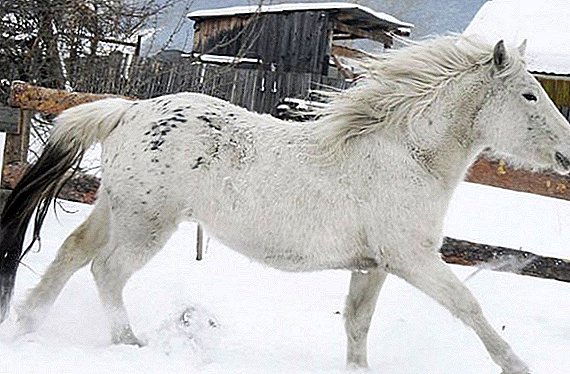 The Altai horse breed (Oirot until 1948) is the oldest local variety of horse-riding horses, ideally adapted to the harsh climate of mountain regions. Differs in excellent health and hardening, endurance and performance. The nature of the horses doesn’t cause any complaints: peaceful, obedient, balanced and unforgiving. Thanks to such a successful combination of temperament and physical data, these animals have long been used by nomads, their popularity has not passed until now.
The Altai horse breed (Oirot until 1948) is the oldest local variety of horse-riding horses, ideally adapted to the harsh climate of mountain regions. Differs in excellent health and hardening, endurance and performance. The nature of the horses doesn’t cause any complaints: peaceful, obedient, balanced and unforgiving. Thanks to such a successful combination of temperament and physical data, these animals have long been used by nomads, their popularity has not passed until now.
Selection work
Found the remains of horses in this area date back to IV-III centuries BC. e, that is, horse breeding in the Altai region was already spread 2500 years ago. The horses of that time were larger in size than modern ones. However, living in a harsh, sharply continental climate with frosty winters and hot summers did their job - the horse decreased in size, but acquired excellent endurance and fitness for living in the mountains. She was grazing in the meadows and fields all year round, using reeds and rocks for shelter.
Did you know? Africans from the Masai tribe have a belief that a person killed by an ungulate animal (including a horse) automatically goes to heaven.Changes in the breed began in the late 20s of the 20th century, when the Altai purebred began to cross with the Anglo-Arabian horses for a more tall horse. At the time, the labeling was related to the needs of the army A new stage of improving the breed began in the 70s of the last century, when Altai mares began to cross with Lithuanian heavy-weight, Russian and Soviet heavy-weight producers. As a result of such a union, a new breed of meat orientation emerged, which is distinguished by higher growth, massiveness, and a wide chest.
 At the moment, there are very few purebred representatives of the Altai breed, mostly they are bred in remote areas of the central and southern Altai. However, thanks to breeding and crossing, animals with excellent qualities that could satisfy any needs of breeders appeared.
At the moment, there are very few purebred representatives of the Altai breed, mostly they are bred in remote areas of the central and southern Altai. However, thanks to breeding and crossing, animals with excellent qualities that could satisfy any needs of breeders appeared.general characteristics
This breed very well combines the external qualities and character, making it an excellent working animal and companion. In the appearance of the horse, two varieties are clearly visible: in the south and east, a small variety is common, in the west of the Altai the horses are large.
Exterior, weight, height
The Altai horse is stunted, but this disadvantage is easily compensated by crossing with race varieties without losing the basic qualities of the altai. It is very close to the Mongolian horse, some experts even consider it not as a separate breed, but only a subspecies of the Mongolian, but this is not so - in the course of a thousand-year development, the Altais acquired improved physical qualities, unlike the Mongolian horses. In general, the horse has a compact growth, short but strong legs, a dry physique and a light head.  The main characteristics of the exterior:
The main characteristics of the exterior:
- weight: 300-350 kg;
- height at withers: up to 150 cm - stallions, up to 142 cm - mares;
- body length: about 140 cm;
- wool cover: thick, dense in winter and thin in summer, long tail, thick withers and mane;
- leather: relatively thin;
- head: large, with a direct profile;
- neck: thick, straight, meaty;
- back: straight, long and wide, ends with a wide croup;
- chest: shallow, up to 165-175 cm in girth;
- limbs: short, properly set, straight, hooves so strong that they do not need a horseshoe.
Learn more about Andalusian, Karachay, Frisian, Appaloosa, Arabian, Trakeneenian, and Vladimir hard-riding horses.
Suits
Among the Altai breed, a wide variety of color are common:
- black;
- bay
- gray
- redhead
 Less common individuals of the following suits:
Less common individuals of the following suits:
- piebald
- nightingale;
- Chubaray;
- dun.
Check out the description of the best horse suits.
Temper and habits
Horses have a very good character, so cope with them will be easy. They are obedient, gentle, good-natured, calm and peaceful. Quickly go on contact with adults and children, happily become part of the team, quickly understand their master. At the same time, they are distinguished by outstanding courage - when wolves attack a herd of horses, the latter are able to fight off and protect their cubs.  Horses imbued with confidence in man, forever turning into a faithful friend and helper. Due to balance, even in extreme situations, one can not be afraid of the unpredictable behavior of the Altai.
Horses imbued with confidence in man, forever turning into a faithful friend and helper. Due to balance, even in extreme situations, one can not be afraid of the unpredictable behavior of the Altai.
Did you know? In total, there are about 30 different horse styles. Hue suit, contrary to popular belief, does not affect the character of the horse.
Advantages and disadvantages
The breed has gained immense popularity outside of Altai due to the following positive qualities:
- High-moisture mares (up to 10 liters per day).
- Good health, hardening.
- Unpretentiousness and minimal care.
- The ability to carry heavy loads.
- High performance, endurance.
- Adaptation to permanent grazing and pasture.
- The availability of the animal.
- Calm, trusting nature, friendly relationship with a man.
 Compared with the advantages, the minuses of this breed are much smaller, but still they are:
Compared with the advantages, the minuses of this breed are much smaller, but still they are:
- Short stature (eliminated when crossed with another breed).
- Exposure to diseases of the heart, joints, skeleton.
Scope of use
Altai horse is truly versatile in use. Thanks to amazing endurance and performance, even in difficult weather conditions, it has become a reliable, permanent companion of man in the national economy.
Animal Specialization:
- working (agricultural work, plowing, etc.);
- driving;
- pack (transportation of goods weighing up to 160 kg over long distances through mountain passes);
- meat and dairy.
Important! Sometimes among the purebred Altai there are individuals with a hunchbacked back. Such animals are not allowed to breed due to this marriage, but the presence of a hump does not affect the working qualities and health.
Conditions of detention and care
Despite the excellent immunity and vitality, the horses of this breed can be subject to diseases, so they need your care and attention just like any other domestic animals. If you decide to purchase Altai, take care of equipping the stables - the room should be heated (normal temperature range is + 8-13 ° С), without drafts and high humidity. To adjust the microclimate will need a good exhaust system. The litter needs to be changed as it gets dirty, daily remove manure.  With intensive use of the horse, you may need a hoof shoe to avoid limping. During the molting period, you will need to take care of the hair and mane - they can be trimmed to avoid the appearance of harmful insects, to give the animal a neater appearance. When infected with ectoparasites should always be treated. It is very important to monitor the condition of the musculoskeletal system: you should regularly inspect the muscular corset and skeleton for symmetry, inspect the joints, skin (horses can suffer from dermatitis and eczema). Examination of the teeth should be carried out every six months or a year by an experienced veterinarian.
With intensive use of the horse, you may need a hoof shoe to avoid limping. During the molting period, you will need to take care of the hair and mane - they can be trimmed to avoid the appearance of harmful insects, to give the animal a neater appearance. When infected with ectoparasites should always be treated. It is very important to monitor the condition of the musculoskeletal system: you should regularly inspect the muscular corset and skeleton for symmetry, inspect the joints, skin (horses can suffer from dermatitis and eczema). Examination of the teeth should be carried out every six months or a year by an experienced veterinarian.
You will probably be interested to learn how to harness horses correctly.
Proper feeding
Altaians are perfectly tolerated tebenyovku - winter grazing, in which animals have to independently obtain food from under the snow. Many owners keep them year-round on pastures without additional feeding. The diet can be supplemented with hay, concentrates (oats, bran, muesli). Feeding should be done 3-4 times a day (if the animal is not grazing), preferably more often, but in smaller portions. Before feeding, animals should not be watered, but care must be taken that the horse receives enough water per day (at least 30 liters of warm water in winter and 60 liters in summer).  In the feed, you can add vitamin and mineral supplements. Be sure to in the diet should be salt. You can enter it as yourself at each feeding, counting the dose, or buy licks - the animal will regulate the consumption of the supplement itself. Horses very quickly get used to the regime, so feeding should occur on a schedule, any deviations can cause stress.
In the feed, you can add vitamin and mineral supplements. Be sure to in the diet should be salt. You can enter it as yourself at each feeding, counting the dose, or buy licks - the animal will regulate the consumption of the supplement itself. Horses very quickly get used to the regime, so feeding should occur on a schedule, any deviations can cause stress.
Important! From eating to work in horses, it should take at least 1-1.5 hours, otherwise the digestion process will be disturbed.If you are looking for a reliable, durable and robust workhorse that will also become a faithful companion, Altai is the best choice. Due to the versatility of use, these horses have become unchanged farmers' favorites, and the breed has spread far beyond its natural terrain.


